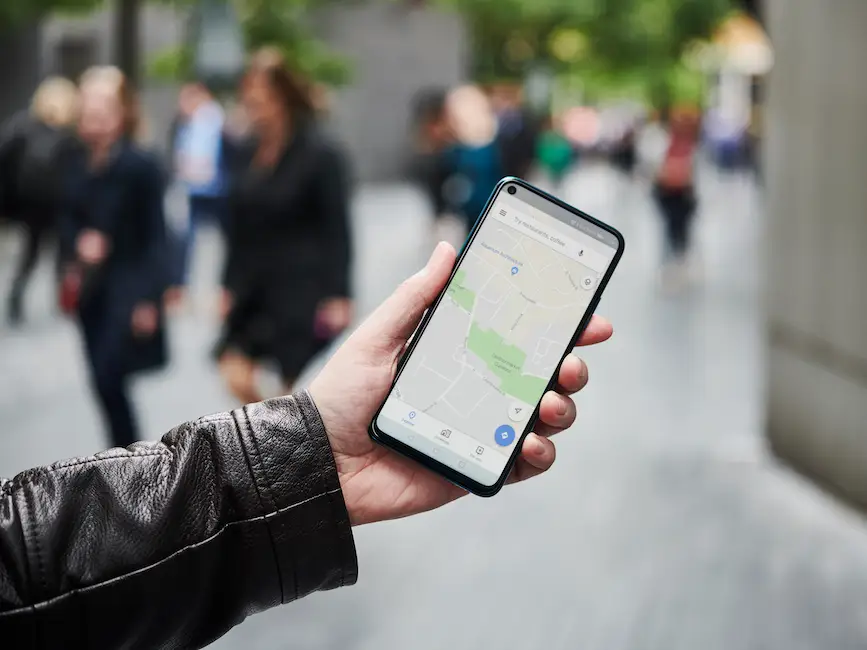In the digital era, location-based services have become an integral part of our lives. From navigation aids to local search features, these services rely on geocoding – the process of transforming a description of a location, such as an address or a pair of coordinates, into a location on the earth’s surface. This transformation is facilitated by an Application Programming Interface (API) key that allows interaction between different software. However, the ubiquitous use of geocoding has also raised concerns over the security of API keys. This article will guide you on how to get geocoding API key and secure it effectively.
Key to Confidence: Ensuring the Security and Uninterrupted Functionality of Your Geocoding API Key
An API key is a unique identifier used to authenticate a user, developer, or calling program to an API. However, they are prone to misuse, which could lead to significant disruptions in service. Therefore, the first step in ensuring the security and uninterrupted functionality of your geocoding API key is to understand its importance and the potential threats it could face.
Imagine your geocoding API key as the master key to your house. You would not want it to fall into the wrong hands, as it could lead to unwanted intrusions. Similarly, an exposed API key can lead to unauthorized access, disruptive attacks, or even data breaches. Therefore, it’s essential to adopt measures that prevent such scenarios.
To maximize the security of your geocoding API key, you need to understand how it works. When you request a geocoding service, your API key is sent over the internet. If this key is intercepted by a malicious party, they can manipulate your application or misuse your key for their gains. Therefore, encryption plays a critical role. Securely encrypt your API key to ensure it can’t be exploited if intercepted during transmission.
Data Protection: How to Implement Security Measures to Shield Your Geocoding API Key from Threats
Securing an API key is not a one-time task, but rather, an ongoing process that involves various practices. The first step is to limit the usage of your API key. Limiting usage restricts the amount of data a user can request within a specific timeframe, minimizing potential damage if your key is compromised.
The next step is to restrict your API key to specific IP addresses or referrer URLs. This measure ensures that even if someone else has your key, they cannot use it from an unauthorized location or website. Regularly monitor usage patterns and immediately investigate any suspicious activity. If you find your key has been compromised, rotate it immediately and distribute the new key to authorized users.
Finally, ensure that your API key is stored securely. Avoid embedding it directly in your code, as this exposes your key to anyone with access to the source code. Instead, use environment variables or secure vaults to store your keys.
Continuity Assurance: Safeguarding Your Geocoding API Key for Uninterrupted Location-Based Services
The security of your geocoding API key directly impacts the continuity of your location-based services. A compromised key can lead to service disruptions, impacting both your application’s functionality and your users’ experience. Therefore, it’s crucial to take proactive measures to safeguard your API key.
Firstly, implement strong access controls on your geocoding API key. This includes using strong passwords, enabling multi-factor authentication, and regularly reviewing who has access to your key. Also, educate your team members on the importance of API key security and best practices.
Secondly, stay abreast of the latest security threats and countermeasures. Cyber threats are constantly evolving, and staying informed is a key aspect of protecting your API key. Subscribe to cybersecurity newsletters, attend webinars, and engage in online communities to keep up-to-date.
Last but not least, consider acquiring cybersecurity insurance. While this may seem like an unnecessary expense, it can provide valuable protection in the event of a security breach. Cybersecurity insurance can cover the costs of incident response, data recovery, and potential legal liabilities, providing an additional layer of protection.

Trusted Access: Granting Secure Access to Authorized Users while Shielding Your Geocoding API Key
While securing your geocoding API key, it’s equally crucial to ensure that authorized users can access your location-based services without interruptions. This requires a balance between security and usability.
Implement an access control system that grants permissions based on users’ roles and responsibilities. This ensures that users have access to the resources they need, while preventing unnecessary exposure of your API key.
Furthermore, use secure communication methods when distributing your API key. Avoid sending your key over unencrypted email or messaging platforms. Instead, use secure channels like encrypted email or secure file transfer protocols.
In conclusion, securing your geocoding API key is a crucial aspect of maintaining the integrity and continuity of your location-based services. By understanding the importance of API key security, implementing robust security measures, and granting secure access to authorized users, you can ensure the uninterrupted functionality of your geocoding API key.






